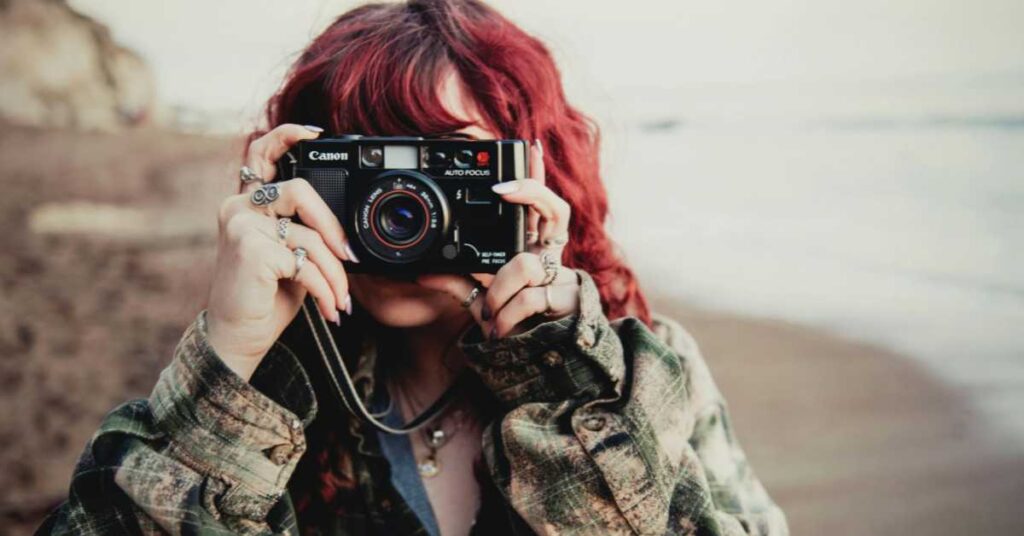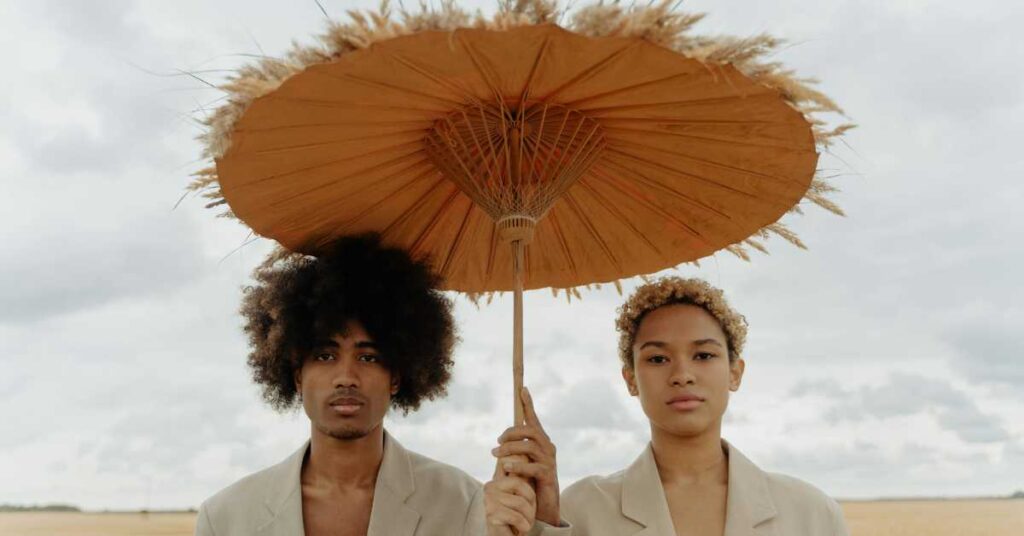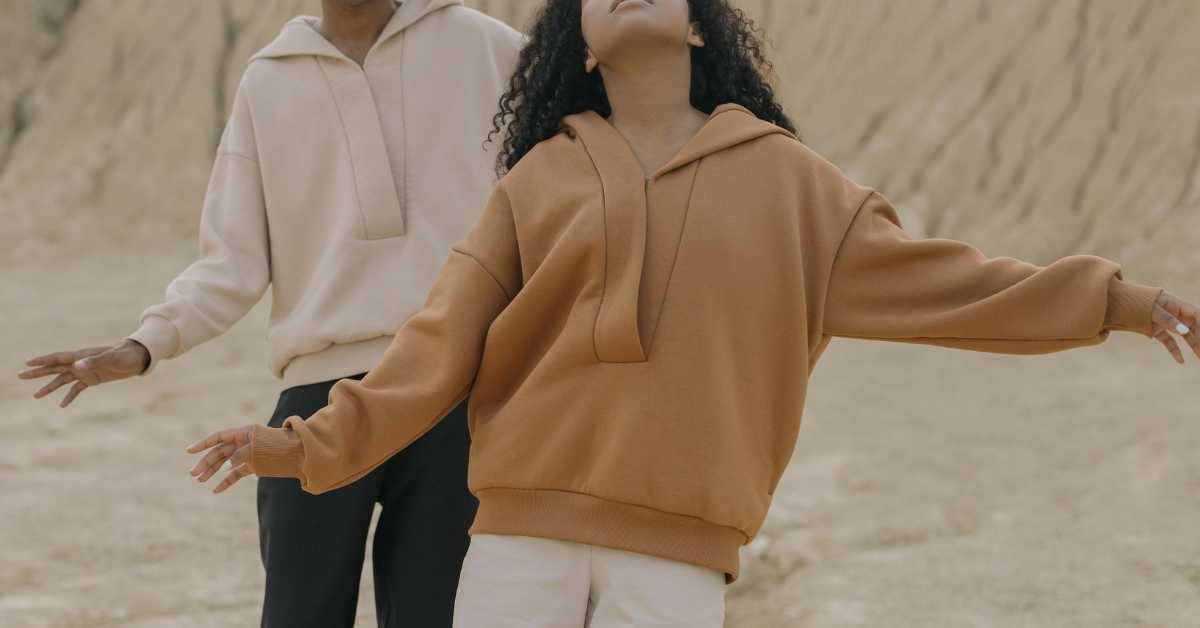Fashion has usually replayed society, shooting cultural shifts, technological improvements, and private expressions. As the world around us keeps alternating at a rapid tempo, so too does the fashion enterprise. Today, “the evolving landscape of fashion trends” encompasses no longer the handiest fashion and aesthetics but also sustainability, digital innovation, and social attention. The style panorama transforms from eco-friendly designs to virtual fashion shows to satisfy new needs and expectancies.
Understanding the dynamics of those shifts can be crucial for style enthusiasts, designers, and ordinary customers who want to keep up with modern-day trends. This article explores the forces behind the evolving panorama of favor, analyzing cutting-edge trends, technologies, and cultural shifts that outline today’s style industry.
The Rise of Sustainable Fashion
As weather trade and environmental troubles become pressing worldwide worries, sustainable fashion has become greater than just a trend—it’s a movement. The upward push of eco-aware customers has triggered a wave of manufacturers to reconsider their practices to reduce environmental effects.
The fashion of sustainable style includes designing and generating clothes that might be environmentally pleasant. This consists of using herbal or recycled substances, reducing waste, and developing lengthy-lasting devices. Brands are now finding approaches to include sustainability without compromising style, from biodegradable materials to strong-green production tactics.

Eco-Friendly Materials and Production Methods
In the evolving panorama of fashion developments, eco-friendly substances have taken a middle level. Brands are currently experimenting with modern materials like natural cotton, hemp, and bamboo, all of which can be much less harmful to the planet.
- Organic cotton reduces pesticide use and conserves water.
- Hemp is long-lasting and needs much less water than conventional fibers.
- Recycled polyester from plastic waste facilitates lessening pollutants.
- Vegan leather, crafted from plant-primarily based materials, is a moral alternative.
- Bio-based total fibers have evolved to decompose naturally, reducing waste.
Technology’s Influence on Fashion
Technology is revolutionizing the manner in which we interact with style. From virtual style to augmented truth (AR) becoming rooms, the era’s effect is visible in almost every factor of the fashion industry. With improvements in artificial intelligence, augmented fact, and records analytics, the fashion industry is becoming more personalized and on hand.
Digital Fashion and Virtual Reality
In recent years, virtual fashion has transformed the traditional purchasing experience. Virtual reality (VR) and augmented reality (AR) have enabled manufacturers to create immersive stories for clients, permitting them to try on garments digitally before making a purchase.
- Digital strive-ons assist clients in visualizing outfits online.
- Virtual fashion suggestions can be seen by people around the world.
- AI-based non-public styling shows outfits totally based on man or woman options.
- Brands use AR for digital becoming rooms to reduce returns.
- Digital wearables cater to the digital world of social media and gaming.

The Growth of Secondhand and Vintage Fashion
Another trend shaping the evolving landscape of favor trends is the increase of secondhand and antique styles. With an increased emphasis on sustainability and awareness, people are turning to secondhand stores, online marketplaces, and vintage boutiques to locate unique pieces with person and records.
Buying secondhand now not only reduces waste but also gives garments a second life. This fashion is likewise heavily influenced by the shift toward individuality, as many consumers are seeking specific pieces that set them apart from the mainstream. As a result, the secondhand marketplace is booming, making fashion more available, less pricey, and more sustainable.
Benefits of Secondhand Fashion
- Reduces waste by means of reusing apparel that could otherwise grow to be in landfills.
- Encourages circular style, where gadgets are kept in use longer.
- Offers low-priced alternatives for extremely good or fashion-designer gadgets.
- Supports local companies and resale systems.
- Allows clients to embody unique, undying style portions.
The Impact of Social Media on Fashion Trends
Social media platforms like Instagram, TikTok, and Pinterest have reshaped the way fashion trends spread. In the evolving panorama of fashion trends, social media has become ann effective device, allowing influencers and brands to attain big audiences and shape famous patterns.
Today, style traits can go viral in a single day, with micro-traits rising weekly or even daily. Social media’s impact has made fashion more inclusive, numerous, and reachable, allowing purchasers to interact instantly with brands and architects. Additionally, social media encourages people to express their specific style, fueling creativity and innovation inside the enterprise.
How Social Media Drives Trends
- Influencers set traits by showcasing new styles and brands.
- Brands reach wider audiences through social media ads.
- User-generated content encourages actual lifestyle inspirations.
- Hashtags like #OOTD (Outfit of the Day) foster community development.
- Online groups celebrate areas of interest patterns and rising designers.
Gender Fluidity and Inclusivity in Fashion
The cutting-edge style enterprise is becoming more inclusive, embracing variety in frame types, gender identities, and cultural backgrounds. Gender fluidity is one of the most groundbreaking shifts in the evolving panorama of fashion developments, as designers are moving away from conventional gender norms to create more inclusive and representative portions.
Today’s purchasers are increasingly rejecting the idea of inflexible style limitations. Unisex clothing lines, gender-neutral collections, and inclusive sizing alternatives are becoming standard offerings, helping to expand the definition of splendor and style. This shift promotes a subculture wherein everybody can feel comfortable and empowered via fashion, regardless of gender or frame kind.
Examples of Inclusive Fashion Trends
- Gender-impartial apparel strains consciousness on customary styles.
- Extended sizing offers extra options for all body shapes.
- Adaptive fashion includes designs for people with disabilities.
- Cultural inclusivity brings traditional elements into present-day fashion.
- A sustainable style promotes moral practices and fair labor.
| Key Trend | Description | Impact on Industry | Example Brands | Consumer Impact |
|---|---|---|---|---|
| Sustainable Fashion | Eco-friendly materials and production methods | Reduces environmental footprint | Patagonia, Allbirds | Supports eco-conscious choices |
| Digital Fashion | AR/VR for online shopping and virtual shows | Enhances digital experience | Gucci, Balenciaga | Makes online shopping engaging |
| Secondhand Fashion | Resale of pre-loved items | Promotes circular economy | ThredUp, Depop | Affordable access to designer |
| Social Media Trends | Influencer-driven style trends | Drives rapid trend adoption | Fashion Nova, Shein | Instant access to new styles |
| Gender-Inclusive Fashion | Unisex and adaptable designs for all | Increases inclusivity and diversity | Telfar, Zara | Empowers self-expression |
The Return of Minimalism and Timeless Styles
There’s a growing movement toward minimalism and timeless fashion in an age of fast fashion and fleeting tendencies. Many consumers are now searching out classic, versatile pieces that may be worn throughout seasons. This shift signifies a return to satisfaction over quantity, with people investing in gadgets that maintain both aesthetic and functional cost.
Minimalism emphasizes simple but stylish designs, favoring pleasant materials and craftsmanship. The enchantment of timeless style lies in its sustainability, as these pieces do not go out of fashion quickly, permitting customers to construct a wardrobe of essential items that last.
Benefits of Minimalist Fashion
- Reduces waste as fewer objects are discarded over the years.
- Encourages considerate intake and higher-best purchases.
- Timeless pieces provide versatility and simplicity in styling.
- It helps create a sustainable, long-lasting cloth cabinet.
- Aligns with moral and sustainable fashion practices.

The Impact of Cultural and Social Movements
Fashion has usually been stimulated by cultural and social movements, and today’s evolving landscape isn’t any exception. As social issues like equality, justice, and environmental advocacy gain momentum, they increasingly impact fashion tendencies. Designers and brands are developing collections that mirror those values, regularly incorporating symbols and messaging that align with societal reasons.
Fashion is turning into a form of activism, with customers wearing their values on their sleeves. From slogan tees to collections that highlight underrepresented corporations, today’s fashion trends are a sworn statement about the enterprise’s willpower to make first-rate change.
Ways Culture Influences Fashion
- Political messages and slogans are on clothing.
- Collections celebrate cultural heritage and variety.
- Ethical manufacturing and truthful exertion practices are prioritized.
- Socially aware purchasers aid motive-pushed brands.
- Symbolism in fashion empowers marginalized groups.
The Evolution of Fast Fashion and Consumer Behavior
Fast fashion ruled the industry, supplying inexpensive, brand-new portions at a pleasant and sustainable price. However, the evolving panorama of style developments is witnessing a shift, with clients becoming extra privy to fast style’s environmental and moral effects.
As a result, many people are truly seeking out options, consisting of slow fashion, which emphasizes quality, craftsmanship, and sustainability.This shift in patron behavior displays a growing focus on favor’s footprint, driving brands to undertake more ethical and sustainable enterprise practices.

Alternatives to Fast Fashion
- Slow fashion promotes sustainable practices and lengthy-lasting high-quality.
- Capsule wardrobes encourage fewer, flexible portions.
- Rental services reduce waste by allowing transient access to style.
- Upcycling repurposes antique garments into new designs.
- Thrift buying helps circular style without harming the surroundings.
Conclusion
A heightened awareness of sustainability, technology, individuality, and inclusivity characterizes the evolving panorama of favorable trends. Fashion is no longer just about aesthetics; it’s a medium for social expression and environmental responsibility. As consumers become extra aware of their selections’ effect, they demand more from the brands they guide, pushing the industry towards an extra ethical and revolutionary future. This transformation in style traits no longer only displays cultural shifts but also the style enterprise’s adaptability and resilience in a swiftly converting international.
FAQs
How does the era impact the fashion industry?
Technology complements the purchasing experience through digital fittings, AI styling, and online customization, making fashion more accessible and personal.
Why is secondhand fashion becoming famous?
Secondhand style reduces waste, is budget-friendly, and permits consumers to locate particular, one-of-a-type items while supporting circular style.
How does social media have an impact on style tendencies?
Social media systems power trends by permitting influencers to exhibit patterns and brands, developing speedy, worldwide style shifts.
What are a few examples of inclusive fashion?
Inclusive fashion consists of unisex designs, prolonged sizing, adaptive garb, and style that honors cultural diversity, making style on hand to all.

